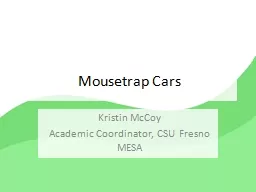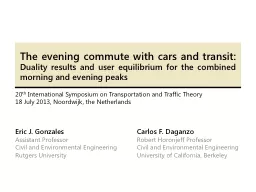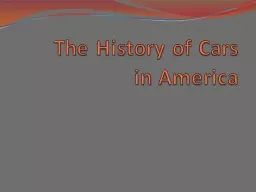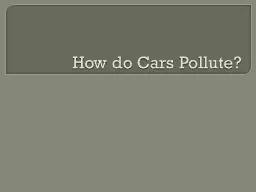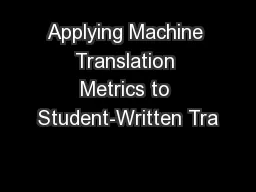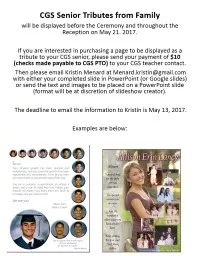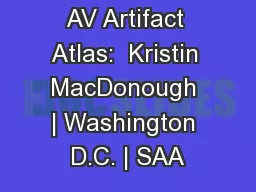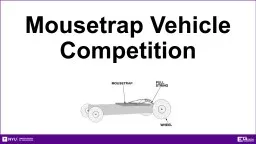PPT-Mousetrap Cars Kristin McCoy
Author : lindy-dunigan | Published Date : 2018-03-17
Academic Coordinator CSU Fresno MESA What is a Mousetrap Car Vehicle powered by the spring device of a mousetrap Mousetrap is a simple machine uses mechanical advantage
Presentation Embed Code
Download Presentation
Download Presentation The PPT/PDF document "Mousetrap Cars Kristin McCoy" is the property of its rightful owner. Permission is granted to download and print the materials on this website for personal, non-commercial use only, and to display it on your personal computer provided you do not modify the materials and that you retain all copyright notices contained in the materials. By downloading content from our website, you accept the terms of this agreement.
Mousetrap Cars Kristin McCoy: Transcript
Download Rules Of Document
"Mousetrap Cars Kristin McCoy"The content belongs to its owner. You may download and print it for personal use, without modification, and keep all copyright notices. By downloading, you agree to these terms.
Related Documents

